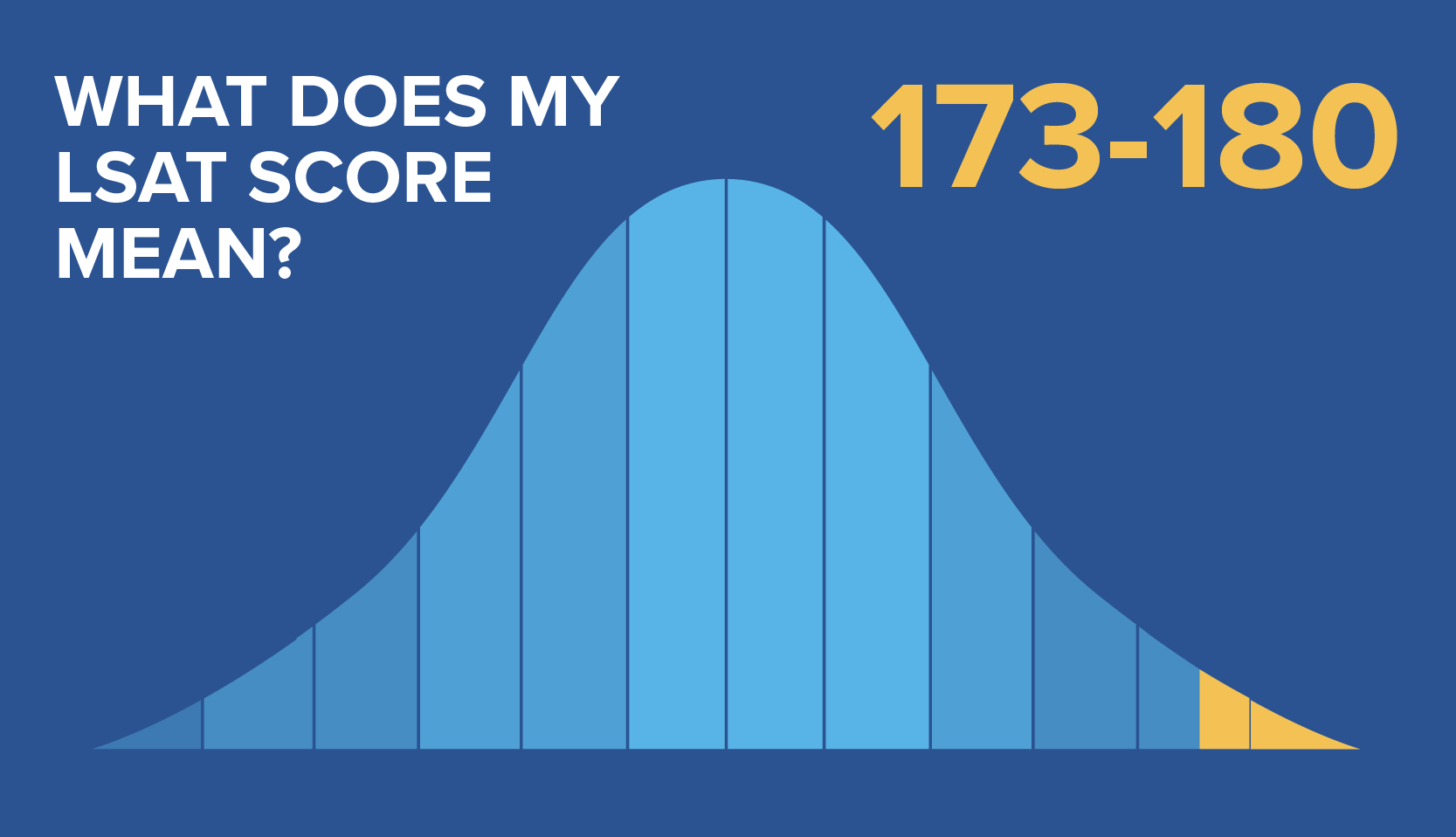
When we talk about Reading Comprehension passages on the LSAT, we talk a lot about the author — is the author present or absent? And if present, what is the author’s attitude?
Of course, that can seem like an odd question — doesn’t every passage have an author, since someone had to actually write the darn thing? But of course, as with many other things on the LSAT, the definition we’re using is ever-so-slightly different from the definition you might be used to seeing. When we talk about whether the author is present, we’re really talking about whether the author expresses any opinions in the passage, or if the author is reporting just the facts, ma’am.
The difference can be very subtle, and sometimes readers can be misled about whether the author expresses an opinion and what that opinion is. With that in mind, here are a few common traps that the LSAT enjoys laying:
1. The author talks about different viewpoints without actually expressing an opinion about them
Many passages start with a certain viewpoint (often a general belief or misconception), and then offer another viewpoint that criticizes the first. The uninitiated might naturally think that the author is arguing in favor of the second, critical viewpoint in those instances. Watch out, though — if the author attributes each of those viewpoints to someone else (e.g. ” According to the Flat Earth Society…” or “Scientists state that…”) without making any evaluative claims, then the author attitude is still neutral; she’s simply reporting what other people believe, not necessarily agreeing with those people.
2. The author argues against something, but doesn’t offer an alternative viewpoint
Even when the author is present, you need to be careful to not read too much into her opinion. Let’s say that an author spends an entire passage talking about how some people believe that eating McDonald’s for every meal is unhealthy, but those people are wrong for reasons X, Y, and Z. Your friends (unwise, unlearned in the ways of the LSAT, easily tricked) might say “well, this author thinks that we should be eating Mickey D’s all the time.” However, you (perceptive, wise in the ways of the LSAT) would be able to respond “Nonsense! The author simply believes that McDonald’s detractors are incorrect, but is not necessarily in favor of excessive McDonald’s consumption.” (Side note: Have you ever thought about what would happen if you spoke to your friends the way they do on Logical Reasoning questions? They are always calling their friends’ opinions “nonsense” and just generally being dicks. Check it out the next time you’re doing a Disagree question.)
Anyway, point being: Even if the author argues at length against, say, detractors of the Great British Baking Show, the author still isn’t necessarily in favor of the show; the author is just anti-detractors. It’s a small distinction, but when it comes to the LSAT, even those small distinctions are important.
Correctly identifying the author’s attitude is, of course, important because it comes up repeatedly in the questions – from the Main Point question (in which you’ll need to encapsulate how the author feels about the subject at hand) to questions that ask things like “Which one of the following would the author be most likely to agree with?” If you’re mistakenly thinking that the author has expressed support for something, when the author is really only saying that other people have expressed support, you’re going to be in trouble. So when you’re reading passages, 1) make sure you’re keeping an eye out for when the author makes evaluative claims, not just when the author describes how other people feel, and 2) don’t read things into the author’s attitude that he or she did not specifically state.




